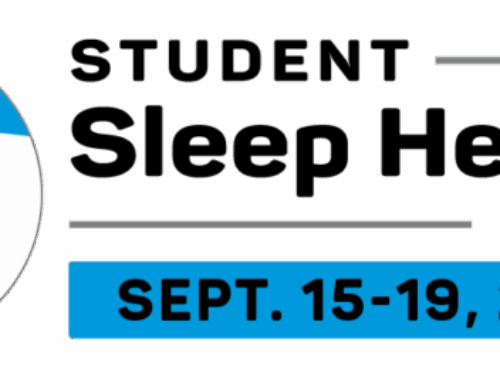DARIEN, IL – The American Academy of Sleep Medicine (AASM) commends the National Highway Traffic Safety Administration (NHTSA) for developing the new report, Asleep at the Wheel: A National Compendium of Efforts to Eliminate Drowsy Driving, which was released today at the 10th International Conference on Managing Fatigue in San Diego, California. As a follow-up to the 2016 NHTSA Drowsy Driving Research and Program Plan, the new report highlights the ongoing work of NHTSA and other stakeholders to end the threat of drowsy driving on U.S. roadways.
“The American Academy of Sleep Medicine appreciates the contributions of the National Highway Traffic Safety Administration, which in the past two years has led national efforts to address the widespread problem of drowsy driving,” said AASM Past President Dr. Nathaniel Watson. “However, much more work needs to be done to prevent the thousands of unnecessary deaths that occur each year when a drowsy driver is operating a motor vehicle.”
According to NHTSA, drowsy driving causes more than 8,000 deaths on American roads each year, and these fatal accidents are associated with an estimated $109 billion in societal harm. The AAA Foundation for Traffic Safety estimates that 21 percent of fatal car crashes involve a drowsy driver, with young adults between the ages of 16 and 24 years having the highest risk of driving drowsy.
The AASM participated in the forum, “Asleep at the Wheel: A Nation of Drowsy Drivers,” which was convened by NHTSA in November 2015. The new report from NHTSA summarizes the priorities that were discussed at the forum, and it highlights the work being done in the areas of research and development, public and private policy, public education and awareness, and vehicle technology.
The ongoing Awake at the Wheel campaign was launched in 2014 by the National Healthy Sleep Awareness Project, which involves collaboration between the AASM, Centers for Disease Control and Prevention, Sleep Research Society and other partners. In 2015 the AASM published a drowsy driving position statement, calling on institutions and policy makers to raise public awareness and improve education in order to better recognize and prevent drowsy driving.
For optimal health and alertness when driving, the AASM recommends that adults should sleep 7 or more hours per night on a regular basis, and teens should sleep 8 to 10 hours nightly. Drivers who experience any of the following warning signs of drowsy driving should pull over and take a nap or have a more alert passenger take the wheel:
- You keep yawning or are unable to keep your eyes open.
- You catch yourself “nodding off” and have trouble keeping your head up.
- You can’t remember driving the last few miles.
- You end up too close to cars in front of you.
- You miss road signs or drive past your turn.
- You drift into the other lane of traffic, onto the “rumble strip” or on the shoulder of the road.
The risk of drowsy driving is increased among people who have an untreated sleep disorder, such as obstructive sleep apnea. Help for anyone who has an ongoing sleep problem is available from more than 2,500 AASM-accredited sleep disorders centers.
More information about the risks of drowsy driving, and a searchable directory of AASM-accredited member sleep centers, is available at www.sleepeducation.org.
CONTACT: Mary Velan, L.C. Williams & Associates, 800-837-7123 or 312-565-3900, mvelan@lcwa.com.
About the American Academy of Sleep Medicine
Established in 1975, the American Academy of Sleep Medicine (AASM) improves sleep health and promotes high quality, patient-centered care through advocacy, education, strategic research, and practice standards. The AASM has a combined membership of 10,000 accredited member sleep centers and individual members, including physicians, scientists and other health care professionals.




